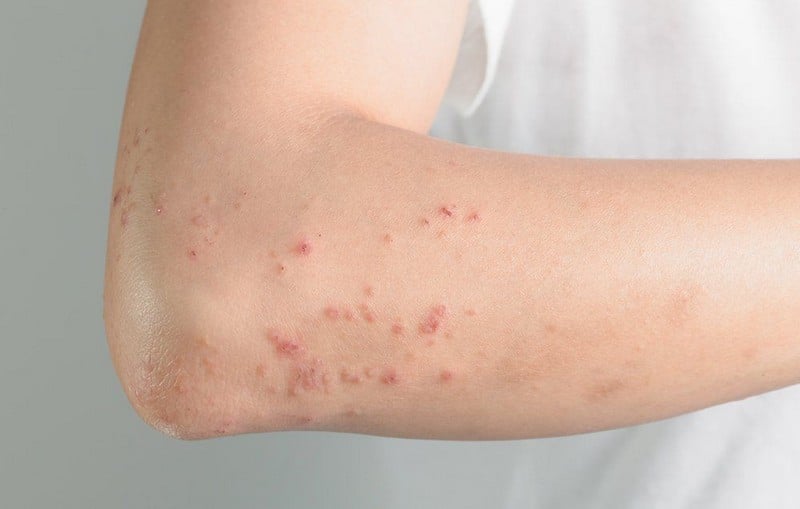Hives

Seasonal allergies are no joke. Those who suffer from them can mean weeks or even months of misery. And for some people, seasonal allergies can also lead to hives. Hives are raised, itchy welts that can appear on your skin due to an allergic reaction. They can be small or large and may cluster together or appear individually. They may last for a few hours or up to several weeks. Chronic hives are defined as hives that last for more than six weeks.
Two types of hives commonly associated with seasonal allergies are perennial and seasonal hives. Perennial hives are caused by allergens that are present year-round, such as dust mites or pet dander. On the other hand, seasonal hives are caused by allergens that only appear at certain times of the year, such as pollen from trees or grasses.
Seasonal hives are less common than perennial hives, but they can still occur in people allergic to outdoor allergens such as pollen from trees or grasses. The best way to prevent seasonal hives is to avoid exposure to triggers by staying indoors on days when pollen levels are high and showering immediately after coming indoors.










